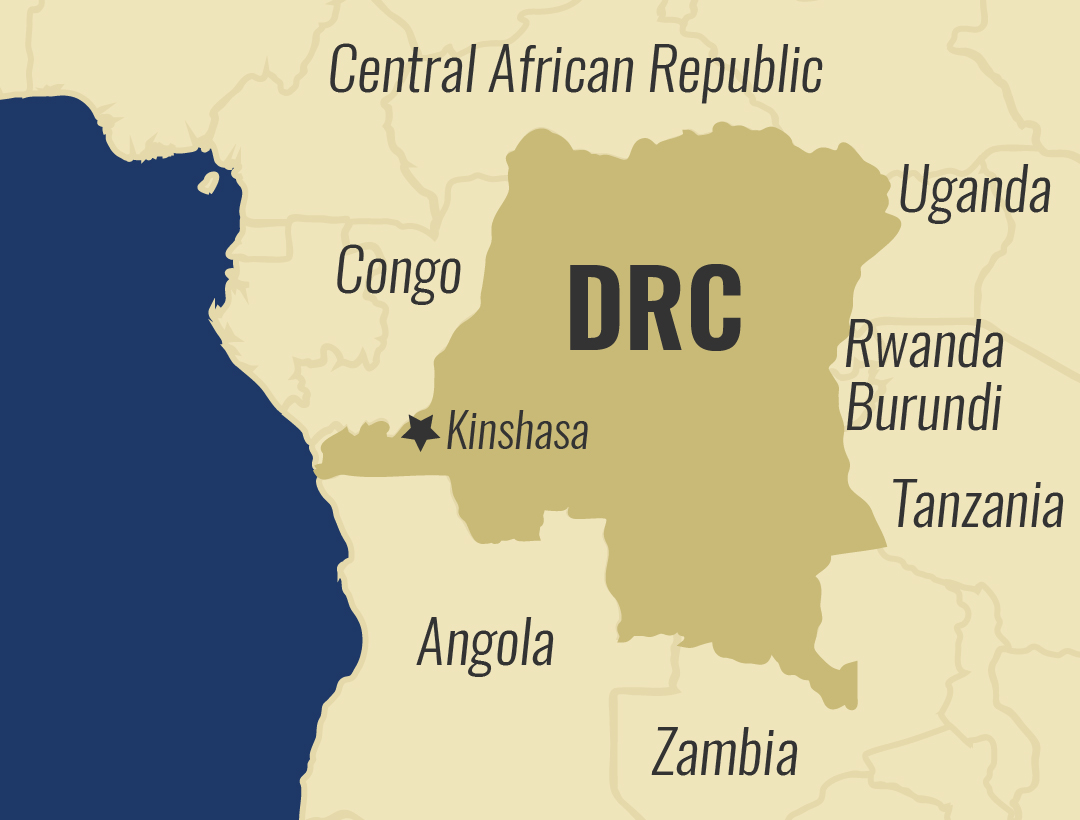Faces of Africa – The Sahara
The Sahara is one of the largest, hottest and harshest deserts in the world, covering much of North Africa.
On a daily basis weary nomads and their camels roam the horizon of a once bustling 13th Century center of trade, religion and learning looking for water.

In Sahara, water means life and with temperatures easily soaring to 50 degrees, finding water sources, and often in unexpected places is the only reason humans and animals have survived for centuries.
Terjit Oasis is one of Mauritania’s desert wonders, neatly nestled between the desert dunes and the rocky plateaus of the Adrar Region. For thousands of years, water has been filtered through the steep cliffs, emerging at the sandy base of the palm lined gorge.
Jamal Hejaj is a descendant of the early nomads who made Terjit their home. He recalls the journey his forefathers made and that changed their lives completely.

“My grandfather was on a trip to Mecca walking with a group when they came to this area, having run out of water they decided to split. They were looking for water in all directions and then discovered Terjit. Some moved on but my grandfather decided to stay. He loved the place and started planting palm trees here.”
Jamal’s forefathers planted the first date palms here. Today, the abundant plantation gives the oasis its iconic look, and the water continues to keep the plants alive through Jamal’s simple but effective irrigation system.
The nomadic and nearby sedentary communities in the Adrar region, have come to depend on Terjit Oasis for water.
“Water is something we always share. It’s not something you can sell. So during the drought people could come and take as they please because it equals life,” told Jamal.
Just 300 kilometers south from the oasis is a desert community which isn’t so fortunate.
65 year old Amna Bachar Ahmed is among the first residents of Oure Cassoni, a refugee camp in the desert.

Her journey into the desolate Sahel is marked with scars, both emotional and physical.
“We have been here since 2004. We left Sudan because of the war. The Janjaweed forced us to leave by killing us. Everybody took their families and fled. We followed them here. Even the small boys, we dressed them like girls to protect them. We ran in the night because we didn’t know where to go so we just came to the border,” Amne recalled.
Despite the frequent sandstorms and the oppressive heat, the camp’s population has swelled to over twenty seven thousand, five hundred people.

The risk of insecurity, overlooked in favor of proximity to a sustainable water source.
Here in Chad, survival comes down to ingenuity. Kariaki Lake, a man-made lake is the source of life for Oure Cassoni Refugee Camp.
Rainwater from the region flows past this area in natural valleys. NGOs assisted by refugees staff teams, take part in a daily struggle to provide camp inhabitants with enough water, roughly 15 liters per person per day.
“Our objective is to do our best to treat water and send clean water without bacteria to the whole
Community,” told Hissene Anour Jubar – water technician.
Trees are the first line of defense against desertification. Stretching from Dakar to Djibouti, the Great Green Wall Initiative is an ambitious project that aims to halt desertification by planting eleven million hectares of trees across the width of Africa.
“Senegal is a country that is very much exposed to desertification. We are losing 35,000 hectares of land to degradation every year. We are restoring about 30,000 hectares every year but we need to increase the rate of restoration and reduce degradation,” told Papa Gueye.

Colonel Papa Wale Gueye leads the fight against desertification in Northern Senegal.
“The first cause of degradation is the actions of man. It is man who destroys more than he rebuilds. It is man who cuts trees, burns the forest. The second thing of course is climate change. There is less rain, it is very hot and that is also degrading the environment,” he said.
If the world continues to do little to reverse the effects of man-made climate change, the battle with the desert will intensify. The successful start of the Great Green Wall Initiative in Senegal provides a valuable lesson for other vulnerable communities across the whole continent.





